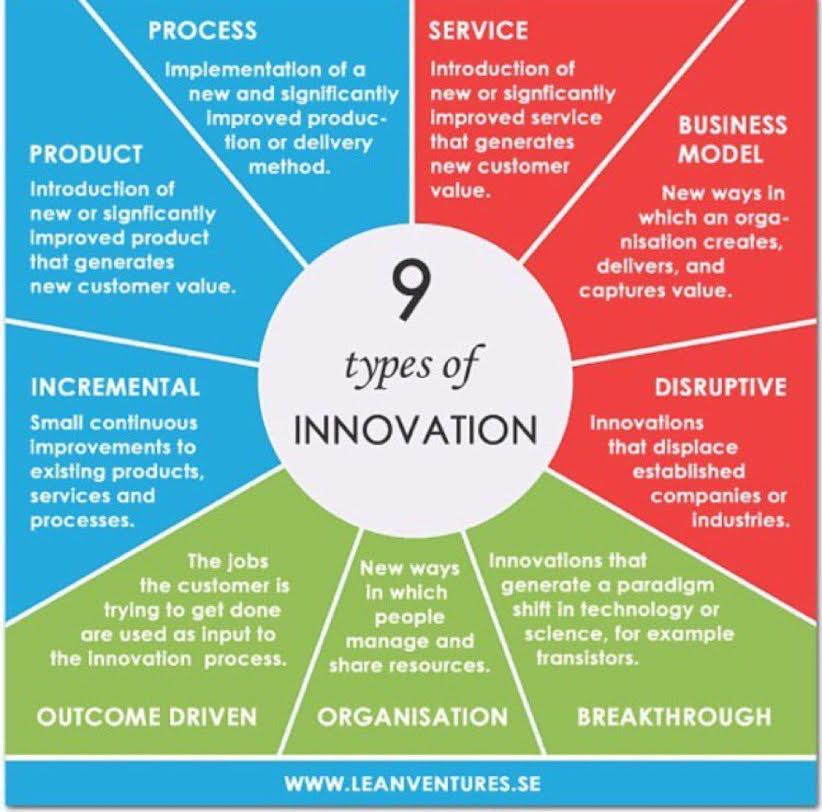Exploring the Role of Innovation in Business Growth and Market Expansion

Exploring the Role of Innovation in Business Growth and Market Expansion
In today’s rapidly evolving business landscape, innovation is no longer a nice-to-have, but a necessity for survival and growth. Companies that fail to embrace innovation risk being left behind by competitors who are constantly pushing boundaries and adapting to changing market demands. This article explores the crucial role innovation plays in driving business growth and expanding market reach.
Innovation as a Catalyst for Growth:
- New Products and Services: Innovation allows businesses to introduce novel products and services that address unmet customer needs. This can lead to increased market share, higher revenue streams, and brand differentiation.
- Improved Efficiency and Productivity: Technological advancements and process improvements driven by innovation enhance operational efficiency, streamline workflows, and reduce costs. This frees up resources for further investment in growth initiatives.
- Enhanced Customer Experience: Innovative solutions can revolutionize customer experiences, making interactions smoother, more personalized, and engaging. This fosters customer loyalty and advocacy, leading to increased sales and brand reputation.
- Competitive Advantage: Innovation gives businesses a competitive edge by allowing them to outmaneuver rivals with unique offerings and cutting-edge solutions. This can lead to market dominance and sustained growth.
Expanding Market Reach through Innovation:
- New Market Segments: Innovation enables companies to tap into new market segments by developing products and services tailored to specific customer groups. This opens up previously unexplored avenues for growth.
- Global Expansion: Innovation can facilitate international expansion by bridging geographic barriers and facilitating seamless cross-border operations.
- Building New Business Models: Innovation can lead to the creation of entirely new business models, disrupting existing industries and creating new opportunities. This allows businesses to reach wider audiences and cater to evolving consumer preferences.
Strategic Approaches to Fostering Innovation:
- Culture of Innovation: Businesses must cultivate an environment that encourages creativity, risk-taking, and experimentation. This can be achieved through fostering open communication, rewarding innovative ideas, and providing resources for research and development.
- Data-Driven Insights: Utilizing data analytics to understand customer needs, market trends, and competitor activities is crucial for developing targeted and impactful innovations.
- Strategic Partnerships: Collaboration with research institutions, universities, and other businesses can foster cross-pollination of ideas and accelerate innovation.
- Continuous Learning: Businesses need to stay ahead of the curve by actively seeking out new technologies, trends, and knowledge. This can be achieved through training programs, industry events, and research initiatives.
Conclusion:
Innovation is the lifeblood of business growth and market expansion. By embracing innovation, companies can stay ahead of the competition, unlock new revenue streams, and thrive in a constantly evolving marketplace. A strategic approach to fostering innovation, incorporating a culture of creativity, data-driven decision-making, strategic partnerships, and continuous learning, is essential for businesses to unlock the full potential of innovation and achieve sustainable success.

